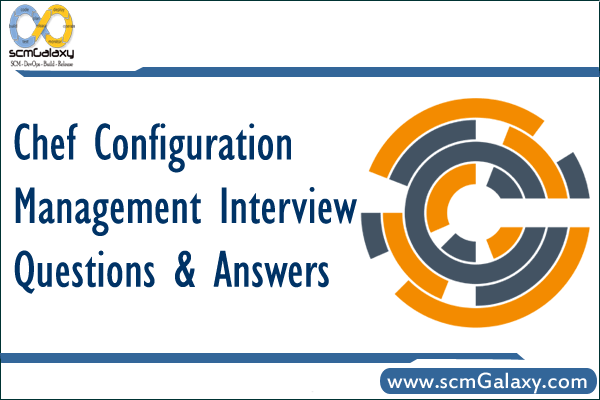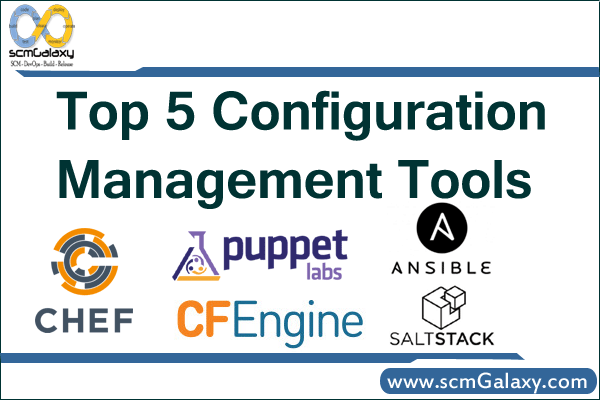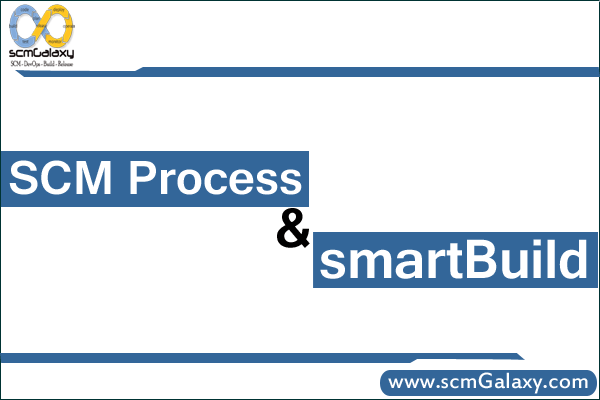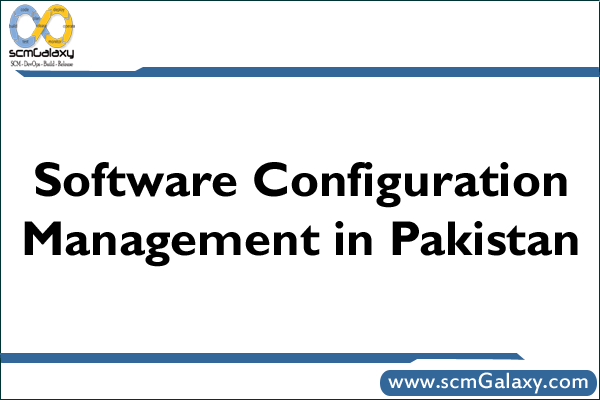The previous chapters outlined the state of CM technology from the standpoint of a spectrum of concepts underlying automated CM, and from the standpoint of the reflection of some of these concepts in commercial CM products. Clearly, no CM product supports all CM concepts; similarly, not all CM concepts are necessary in the support of all possible end-user requirements. That is, different CM tools (and the concepts which underlie these tools) may be required by different organizations or projects, or within projects at different phases of the software development life cycle. This observation, coupled with the observed,continuing industry effort to adopt computer-aided software engineering (CASE) tools, leads us to conclude that integration is key to providing automated CM support in software development environments.
In this chapter we define what we mean by integration by way of a three-level model of integration. We illustrate where CM integration fits into this three-level model. e then describe the advantages and disadvantages of current approaches to achieving integration in software development environments. We close with a brief discussion on the relationship between future integration technology and the three levels of integration.
CM Services in Software Environments: A Question of Integration
There is no concensus regarding where CM services should reside in software environment architectures, despite the diversity of approaches that have been explored. For example, CM services have been offered via:
· Tools such as RCS, SCCS, CCC.
· Operating system extensions at the file-system level such as DSEE and NSE.
· Shared data models such as in the CIS specifications [18] and the PCTE PACT [53] environment.
A further complication is the emergence of a robust CASE tool industry, wherein many popular CASE tools provide their own tool-specific repository and CM services. As a result, CM functions are increasingly provided by, and distributed across, several CASE tools in an environment.
We have found it useful to think of integration in terms of a three-level model. This model, illustrated in Figure 5-1, corresponds to the ANSI/SPARC [48] three-schema pproach used to describe database architectures. A useful intuition is that this correspondence is more than accidental. The bottom level of integration, called “mechanism” integration, corresponds to the ANSI/SPARC physical schema level. Mechanism integration addresses the implementation aspects of software integration, including, but not limited to: software interfaces provided by the environment infrastructure, e.g., operating system or environment framework interfaces;
software interfaces provided by individual tools in the environment; and architectural aspects of the tools, such as process structure (e.g., client/server) and data management structure (derivers, data dictionary, database). In the case of CM, mechanism integration can refer to integration with CM systems such as SCCS, RCS, CCC and DSEE; and CM implementation aspects such as transparent repositories and other operating-systems level CM services.
The middle level of integration, called “services” integration, corresponds to the ANSI/SPARC logical schema level. Services refers to the high-level functions provided by tools, and integration at this level can be regarded as the specification of how services can be related in a coherent fashion. In the case of CM, these services refer to elements of the spectrum of concepts discussed in chapter 3, e.g., workspaces and transactions, and services integration constitutes a kind of unified model of CM services.
The top level of integration, called “process” integration, corresponds to the ANSI/SPARC external schema (also called “end-user”) level. Process integration can be regarded as a kind of process specification for how software will be developed; this specification can define a view of the process from many perspectives, spanning individual roles through larger organizational pespectives. In the case of CM, process integration refers to policies and procedures for carrying out CM activities.
Integration occurs within each of these levels of integration; thus, mechanisms are inte- 34 ATR grated with mechanisms, services with services, and process elements with process elements. There are also relationships that span the levels. The relationship between the mechanism level and the services level is an implementation relationship: a CM concept in he services layer may be implemented by different tools in the mechanism level, and conversely, a single mechanism may implement more than one CM concept. The relationship between the services level and the process level is a process adaptation relationship: different CM services may be combined, and tuned, to support different process requirements.
This three-level model provides a working context for understanding integration. For the moment, however, existing integration technology does not match exactly this somewhat idealized model of integration. For example, many services provided by CASE tools (including CM) embed process constraints that should logically be separate, i.e., reside in the process level. Similarly, tool services are often closely coupled to particular implementation techniques.
The level of adaptability required of integrating CM—both in terms of adaptability for projectspecific requirements as well as adaptability to multiple underlying CM
implementations—pushes the limits of available environment integration techniques. The following sections describe the current state of integration technology and its limitations. The next chapter discusses how future generation integration technology can address these shortcomings.
Reference:
The State of Automated Configuration Management.
A. Brown, S. Dart, P. Feiler, K. Wallnau




Hi Robert,
the link which you have given for CM crossroads is false. I would request you to correct the link as soon as possible. its violating the community rules as you are providing false link.
cm Crossroads link is:www.cmcrossroads.com
This is Short url to cm-crosswords.
Robert, I guess we can discuss here same topics instead of moving multiple platform 🙁